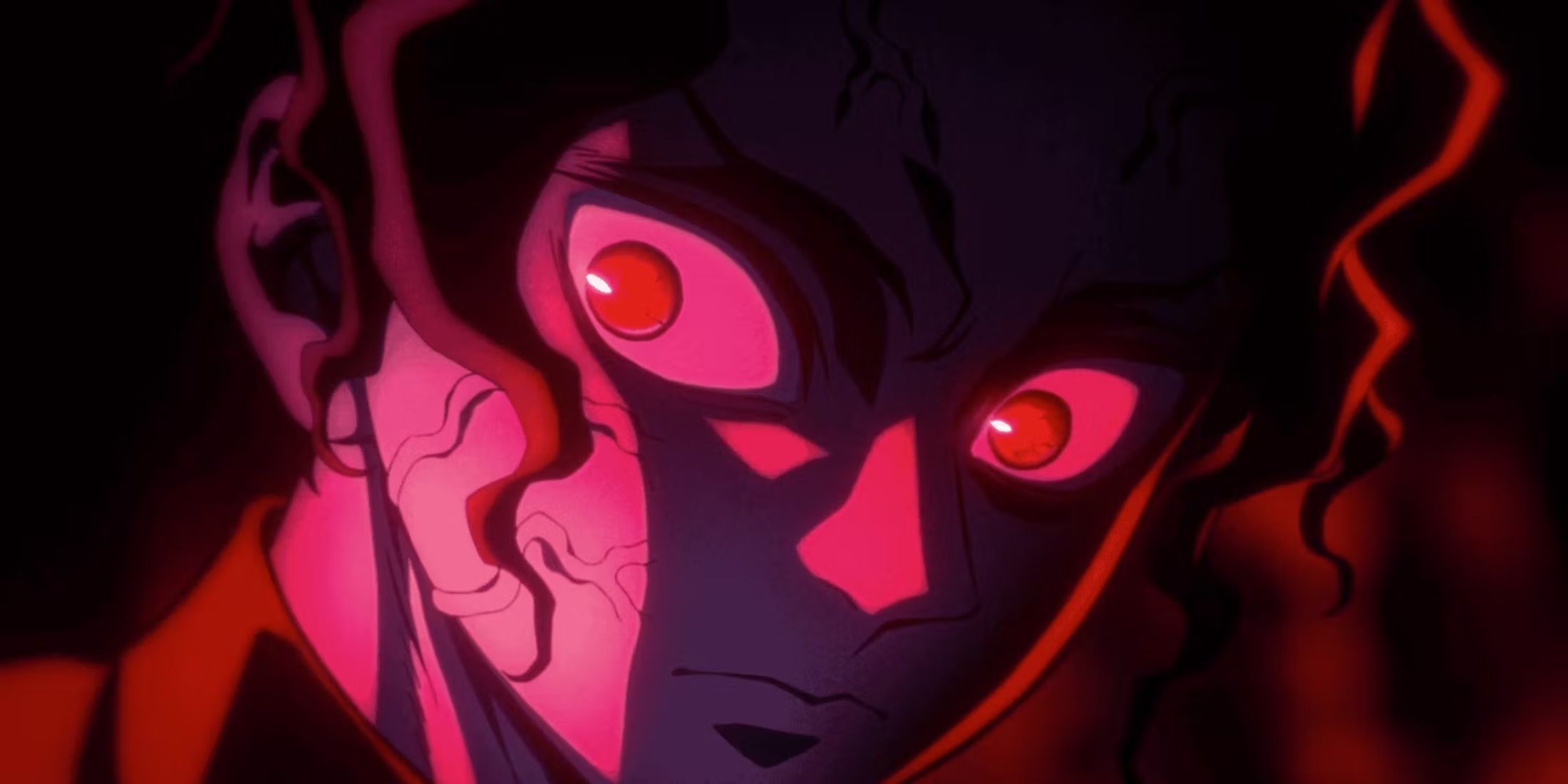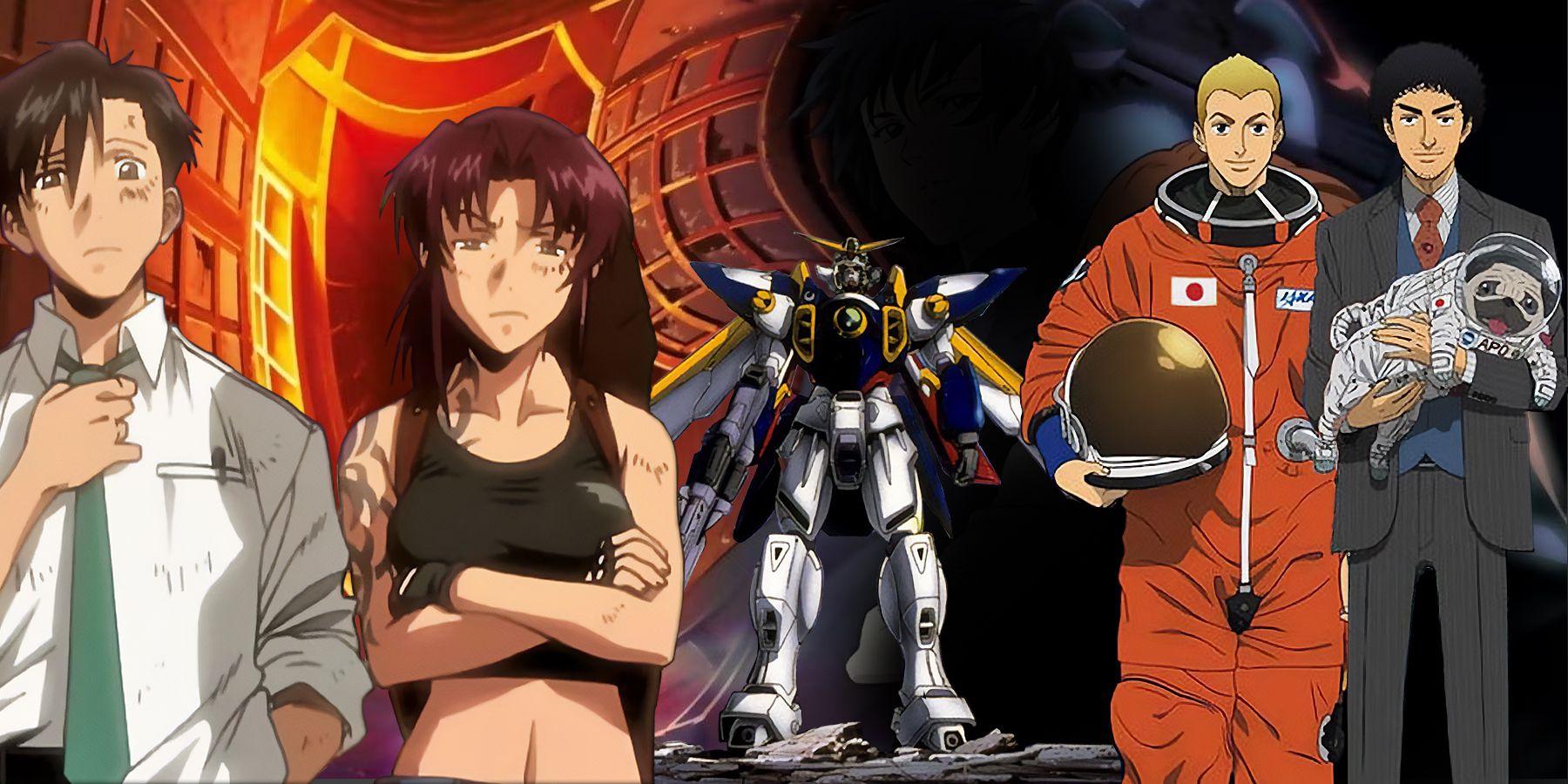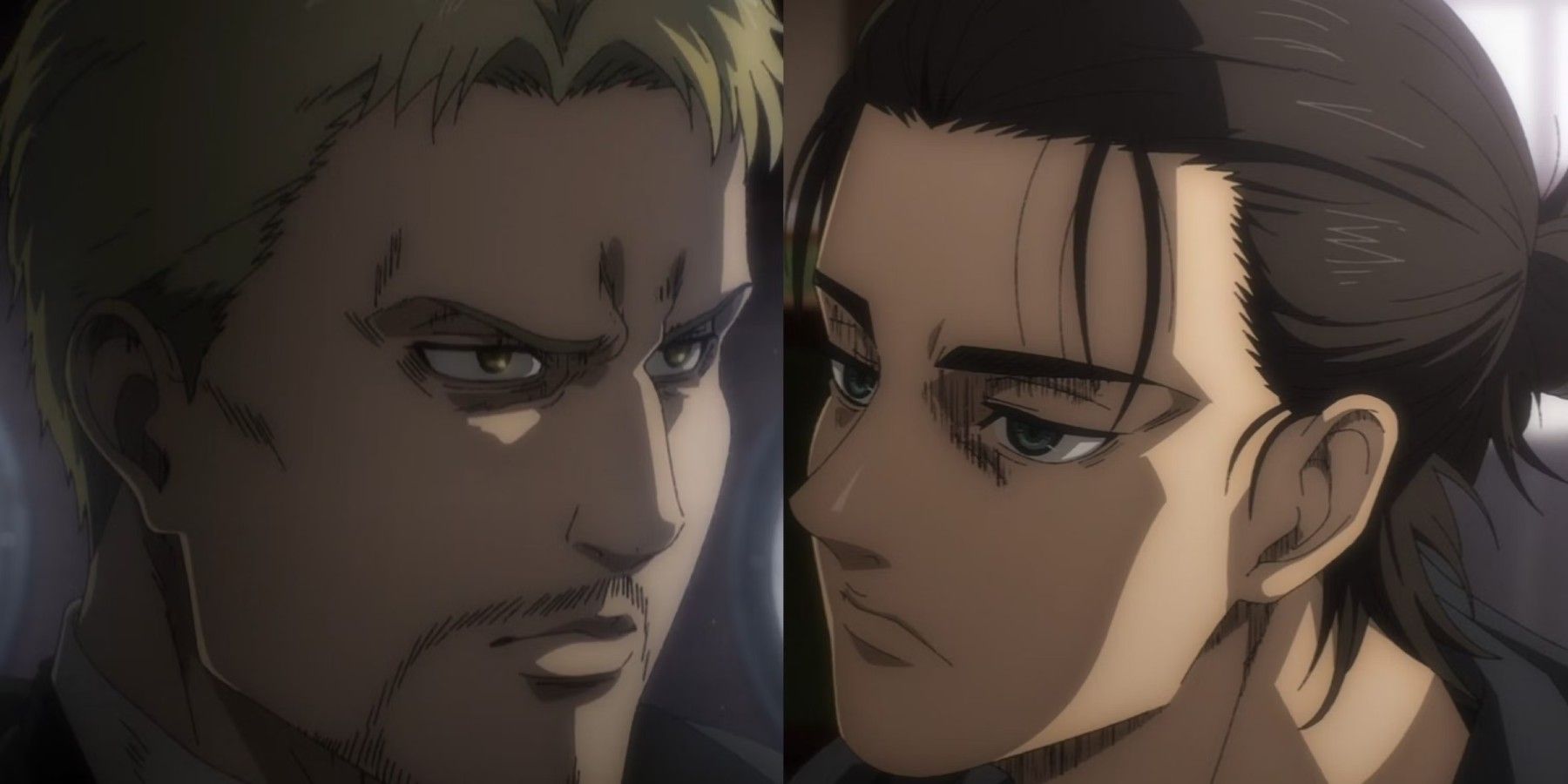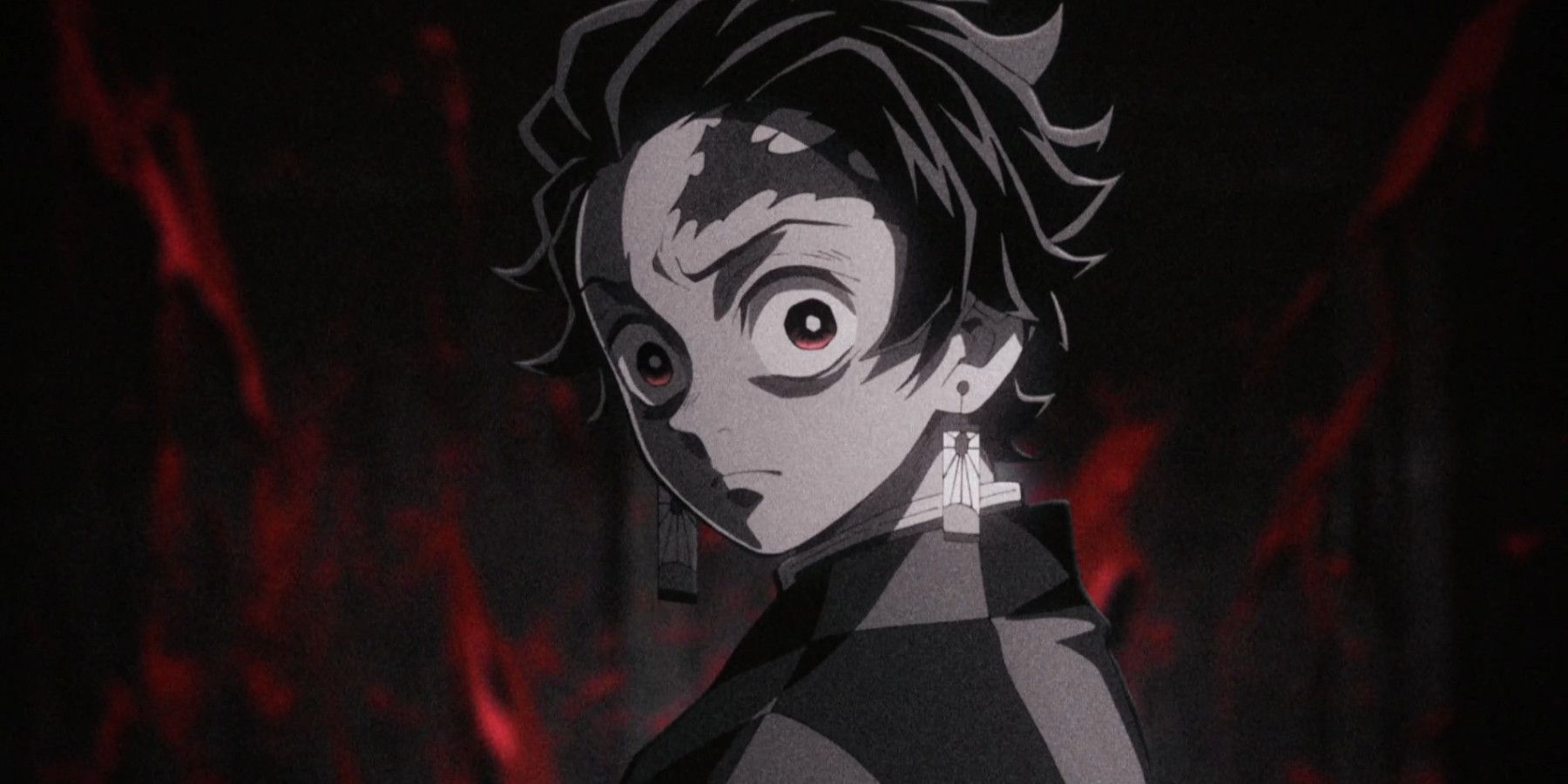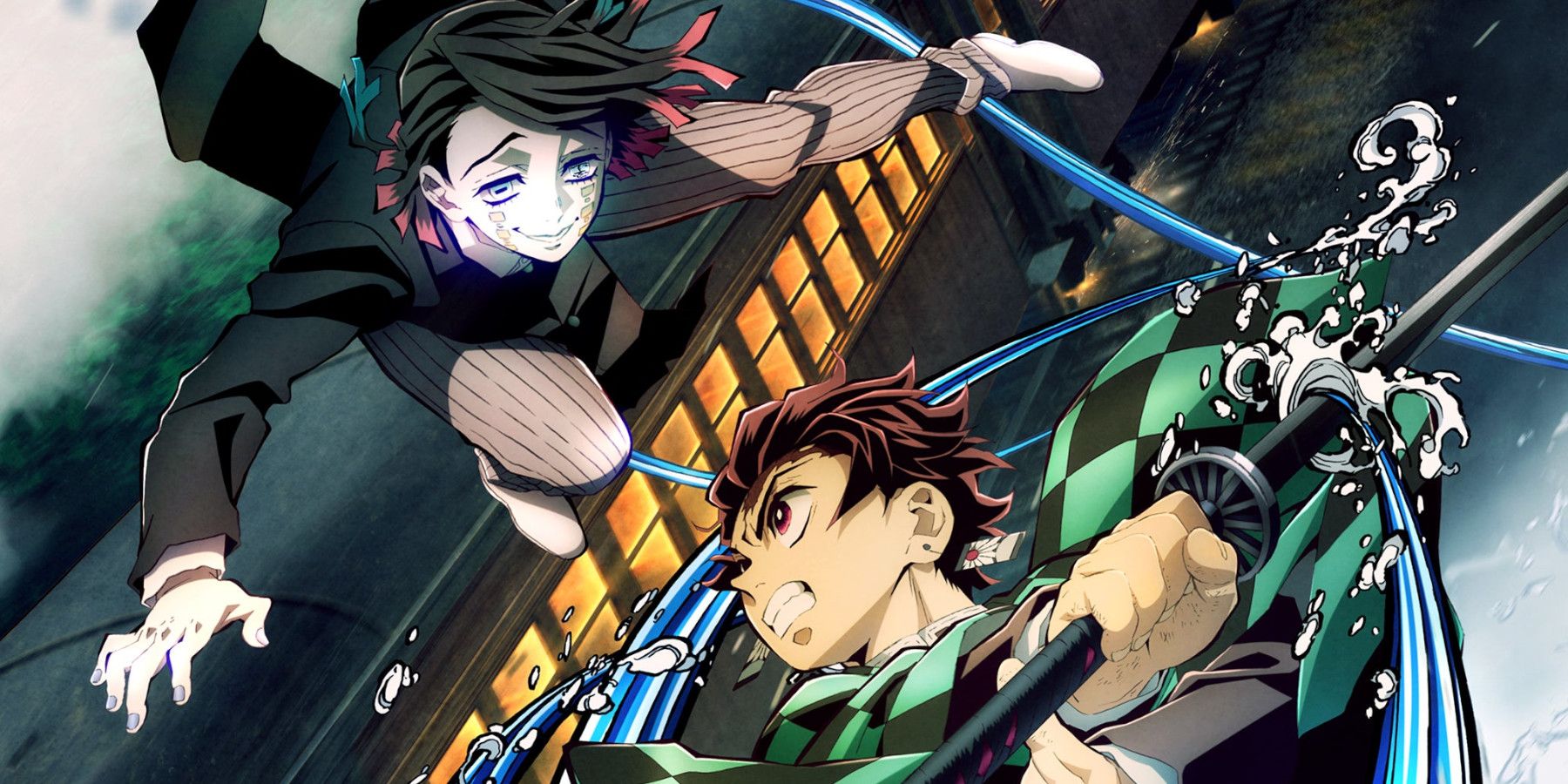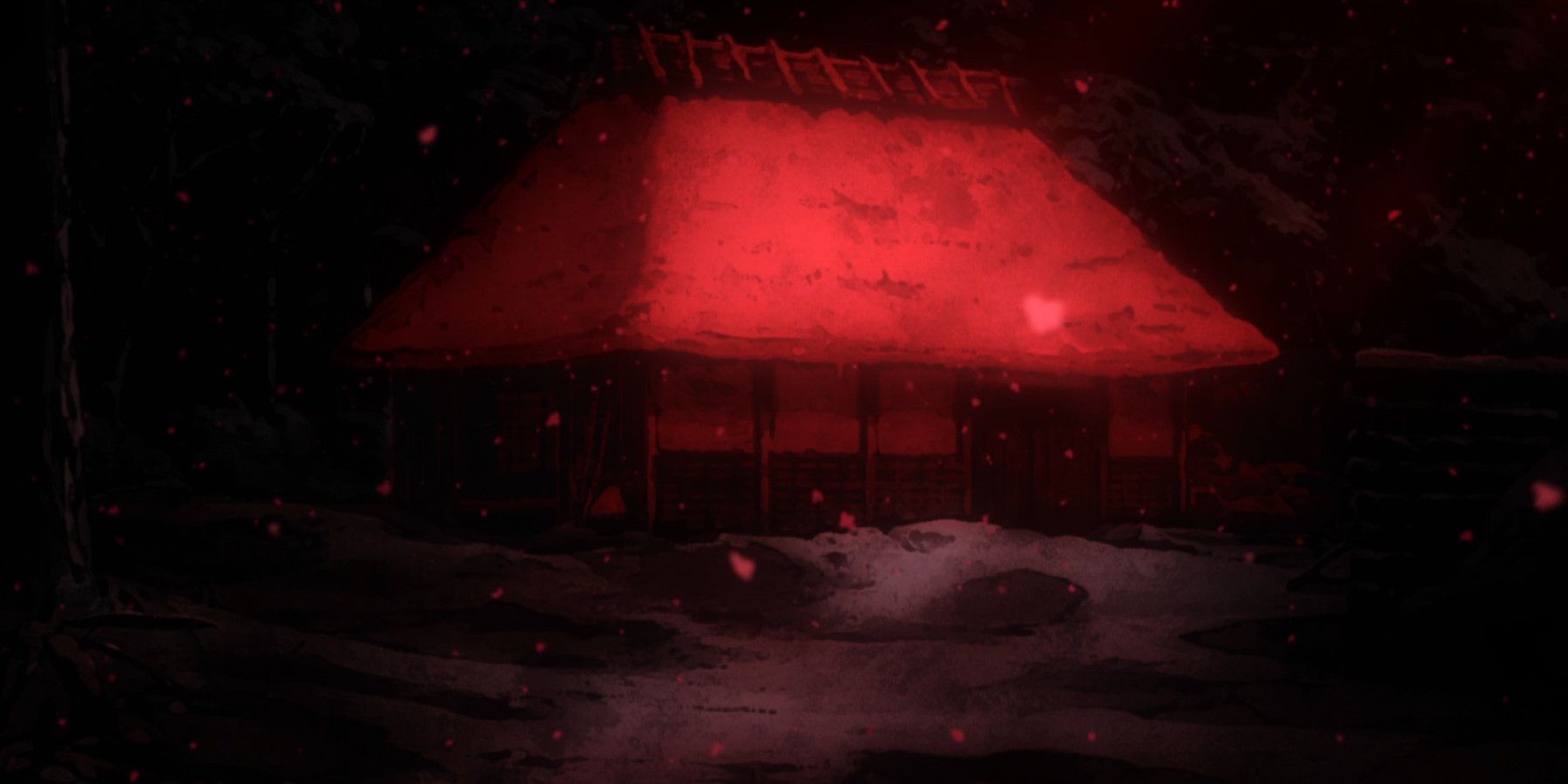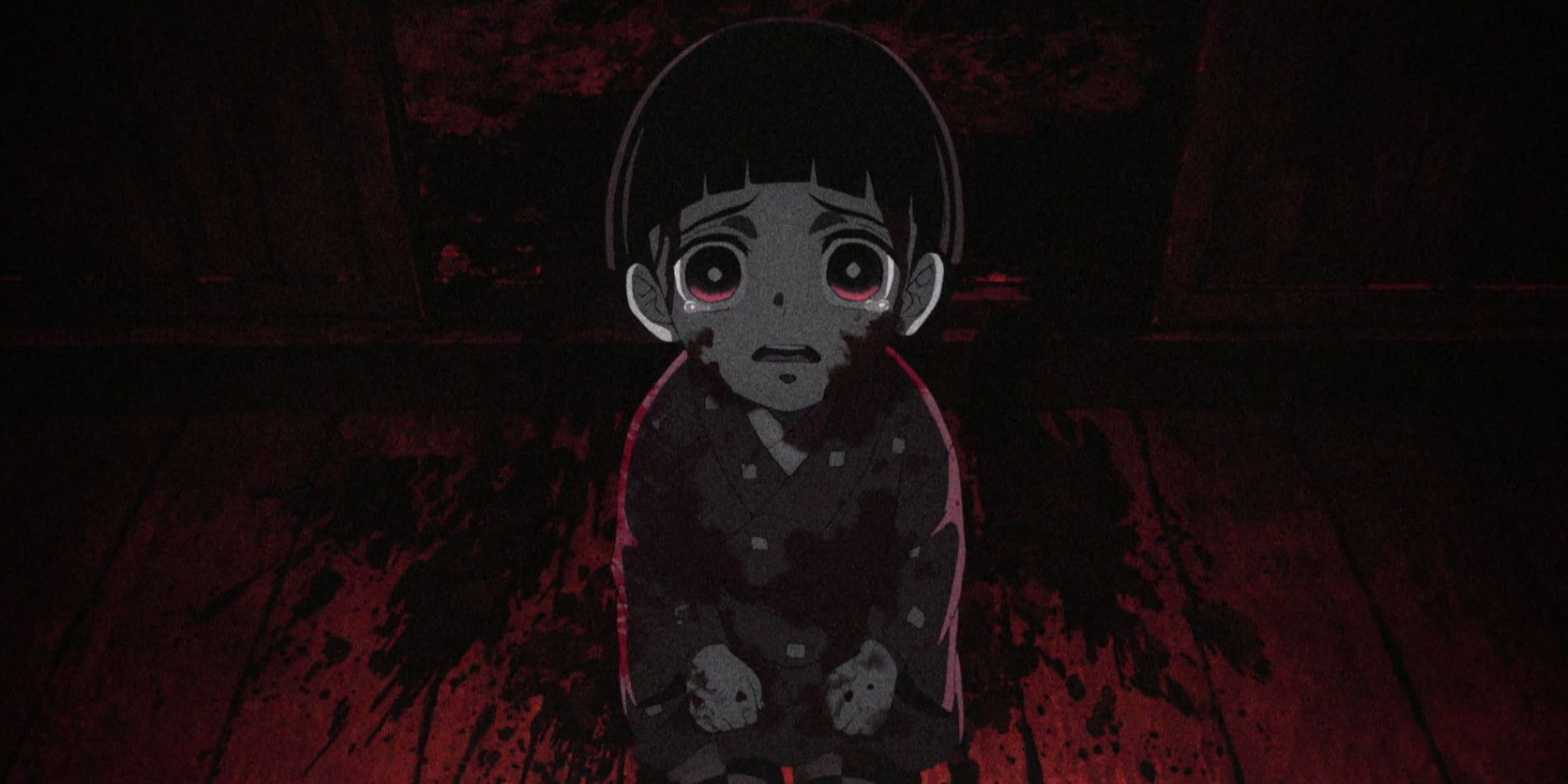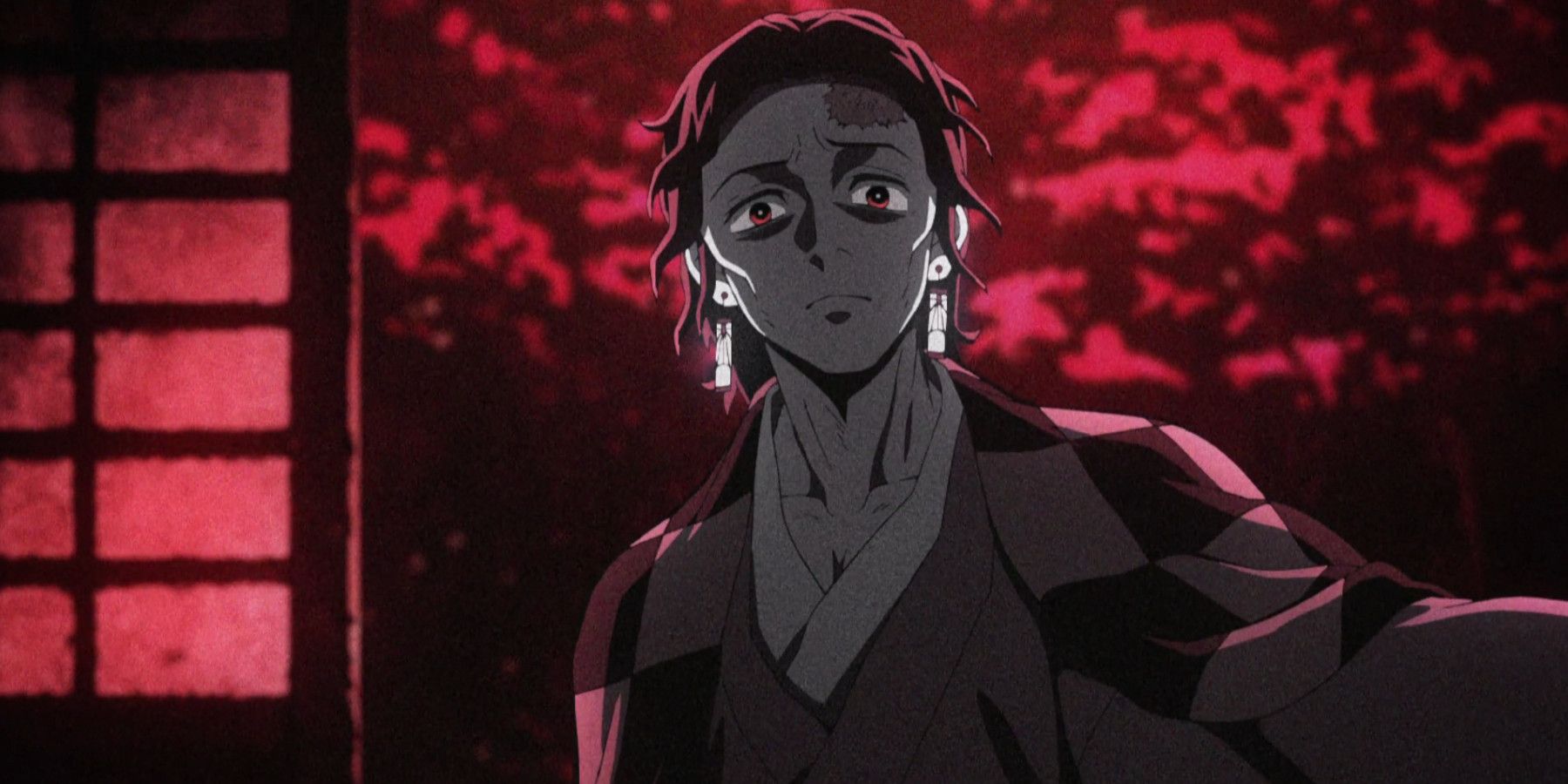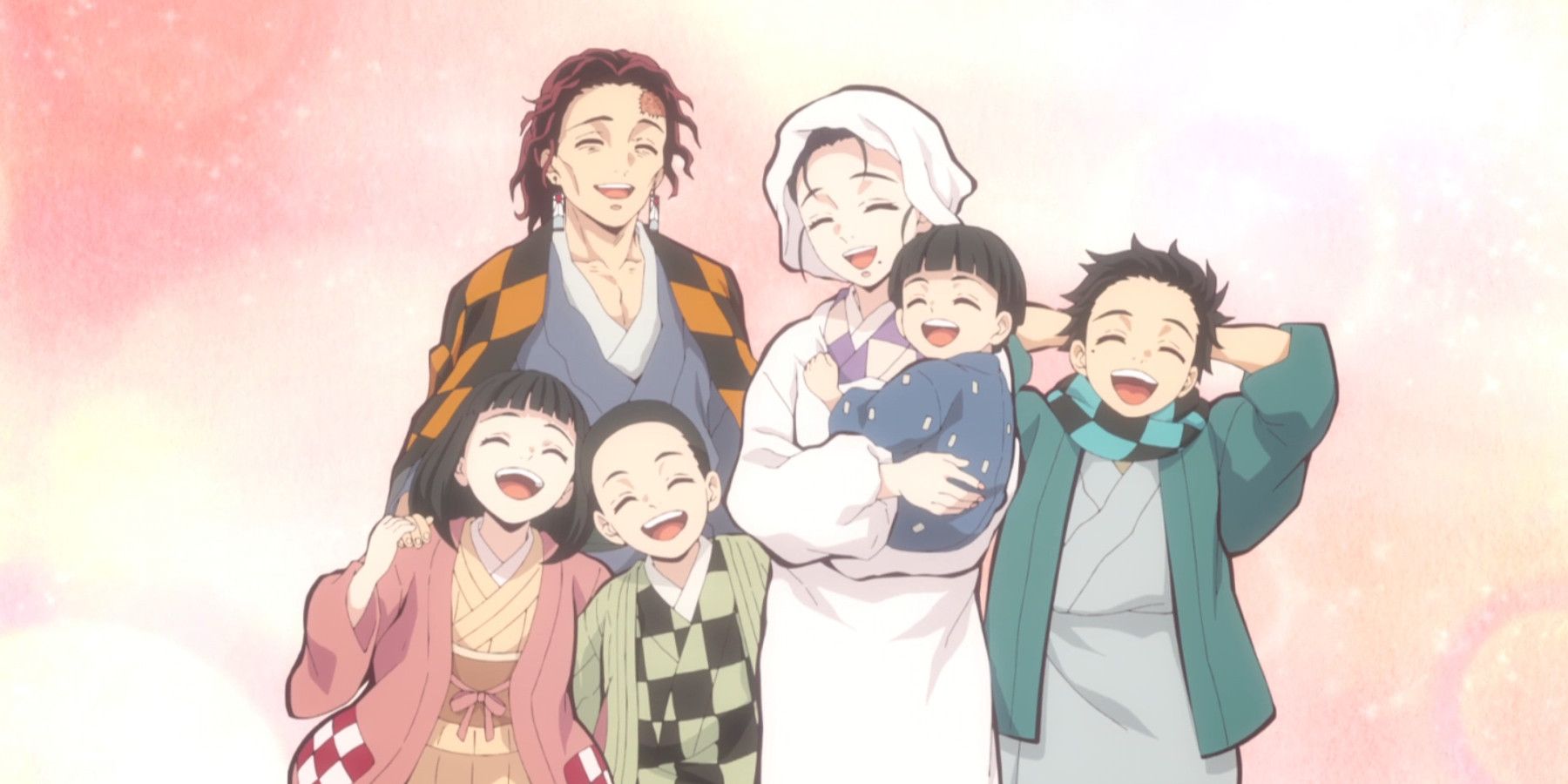2020 was a bad time for everyone, so it can't be understated how nice it was to have more Demon Slayer content on the big screen of all places. Demon Slayer The Movie: Mugen Train was exactly what fans hoped for from a big-screen story from the acclaimed series, but there's one scene above all that really elevated the film from just another spectacle.
Mugen Train was released somewhat sporadically around the globe from late 2020 to early 2021 as it was released during an ongoing pandemic, yet it still managed to break records despite this. Furthermore, breaking from the tradition of typical shonen anime film releases, it was a canon continuation of the story, making it a must-see for fans of one of the biggest anime in years.
The Build-Up
In all honesty, for the opening chunk of the runtime, Mugen Train isn't all too different from the typical Demon Slayer fare, not that this is a bad thing. After all, the reason a movie was such a no-brainer in the first place was that the series already lent itself to a theatrical experience given its artwork, music, and adrenaline-fueled soul.
Tanjiro, Nezuko, Zenitsu, and Inosuke have been tasked with a new assignment that brings them aboard the Mugen Train, where the Flame Hashira, Kyojuro Rengoku, awaits them. The assignment: find a demon responsible for the disappearance of 40 people. After an all-too-brief encounter with demons that are dispatched effortlessly by Rengoku, it seems like the crisis is averted.
But not so, as the entire adventuring party, including Rengoku, soon falls into a slumber, all according to the plan of the true demon they have been hunting, Enmu, Lower One of the Twelve Kizuki. They each are lulled into pleasant dreams. Zenitsu imagines a romantic life with Nezuko, while Inosuke imagines a similar adventuring life but with him as the protagonist.
Of the main cast, Tanjiro's dream is taken the most seriously and carries the most dramatic weight. He dreams that he is with his family, in a life where they weren't taken from him. But as beautiful as the dreams are, something seems off, and Tanjiro knows that he has to wake up, no matter how much it will hurt him.
To wake up, Tanjiro takes his own life in the dream. Slowly but surely, the characters wake up and begin their counter-attack, with Tanjiro leading the charge in a duel against Enmu, but he keeps getting put to sleep. However, much to the demon's shock, Tanjiro won't stay asleep, no matter how much he falls under the Demon Art's effect.
Just as he had done before, Tanjiro fearlessly takes his own life but does so over and over so quickly that he's able to regain consciousness almost instantly and continue on the offensive. More and more, the music builds as this battle seems to be coming to what feels like a well-earned victory in the heat of the moment.
But suddenly, Enmu doesn't put Tanjiro in a dream. He forces him into a nightmare.
The Turning Point
At the height of Tanjiro's heroic moment, as the music swells into a triumphant and wholly familiar tune, the audience is yanked harshly out of that moment, to a scene painted red. The only thing the audience can see at first is a familiar house bathed in the glow of a red sky, and the only thing they hear is the sound of Tanjiro's younger brother crying in agony.
A little over 55 minutes into the film, the editing lulls us into a false sense of security and then sucker-punches us with something even more depressing than Tanjiro's previous tearful goodbye not a half-hour prior. It's a testament to the editing and directing that this scene comes off as so powerful. Were it not for the buildup, it might not have hit as well.
But more than just the placement of the scene, there's something primordial about the way the sound of Rokuta's cries go for the heart, and his voice actress Aoi Koga knocked it out of the park. Speaking personally, every time this scene occurs, my eyes are watering within seconds, without fail.
As if it couldn't have gotten worse, this nightmarish portrait of Tanjiro's family torments him, asking him "Why didn't you save us?" and "How could you be the only one to survive?" To sink the knife deeper, his father appears in the nightmare, so unlike the kind man seen in every other flashback, calling him useless for not protecting them.
Were it not for the emotional whiplash of this sudden barrage of negativity, one might criticize these lines as possibly clichéd plays at targeting a protagonist's feelings of guilt. But that's what makes this sequence so perfect in the end. It is such a horrific moment and also such an insultingly inaccurate portrait of Tanjiro's family, that he becomes enraged by the mere suggestion of it.
Most viewers probably didn't even stop to consider that Tanjiro never took his own life to escape from this nightmare; his rage was enough to wake him up. After an entire plot reliant on luring prey in with idealistic dreams, his first attempt at creating something horrifying backfires completely. As Tanjiro proudly proclaims that his family would never say such things, he beheads Enmu, placing the cherry atop the scene.
Of course, there is a whole other half of the film past this glorious moment, but this single scene did a lot to take Mugen Train up a notch. The film's conclusion might go overboard with some of the melodrama, and the last half hour sorta eschews the "Train" part of the premise after Enmu is defeated, but from this scene onward, it's hard not to be locked in.
Like the best moments of the TV series, Demon Slayer The Movie: Mugen Train succeeds all the more because of scenes like Tanjiro's nightmare. These are moments of earnest and occasionally overwhelming emotion, bolstered by great editing, presentation, and Haruo Sotozaki's directing.
